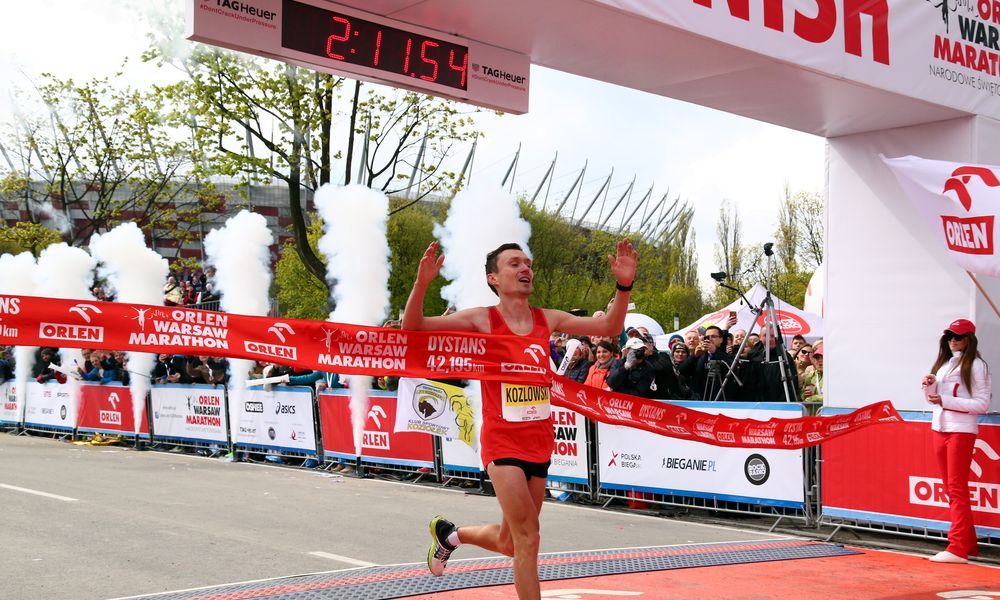Hipoksja w sporcie
Ekspozycja organizmu na warunki hipoksji, zarówno w spoczynku, jak i w połączeniu z wysiłkiem fizycznym, przyczynia się do uruchomienia w organizmie licznych mechanizmów przystosowawczych. Na skutek powstania tych zmian dochodzi do poprawy możliwości wysiłkowych organizmu.
W rezultacie zmiany te przyczyniają się do zwiększenia skuteczności tradycyjnych metod treningowych i terapeutycznych. Głównym regulatorem przebiegu adaptacji do stanu hipoksji jest wcześniej wspominanytranskrypcyjny czynnik indukowany niedotlenieniem (HIF – ang. hypoxia inducible factor).
Czynnik ten uważany jest za aktywator ponad stu genów w organizmie człowieka, stąd szeroki zakres zastosowania środowiska hipoksycznego jako środka ergogenicznego i terapeutycznego.

Wykaz badań naukowych:
Beard A, Ashby J, Kilgallon M, Brocherie F, Millet GP. Upper-body repeated-sprint training in hypoxia in international rugby union players. Eur J Sport Sci. 2019 Oct;19(9):1175-1183. doi: 10.1080/17461391.2019.1587521. Epub 2019 Mar 17. PMID: 30880627.
Brocherie F, Millet GP, Hauser A, Steiner T, Rysman J, Wehrlin JP, Girard O. „Live High-Train Low and High” Hypoxic Training Improves Team-Sport Performance. Med Sci Sports Exerc. 2015 Oct;47(10):2140-9. doi: 10.1249/MSS.0000000000000630. PMID: 25668402.
Chycki J, Czuba M, Gołaś A, Zając A, Fidos-Czuba O, Młynarz A, Smółka W. Neuroendocrine Responses and Body Composition Changes Following Resistance Training Under Normobaric Hypoxia. J Hum Kinet. 2016 Oct 14;53:91-98. doi: 10.1515/hukin-2016-0013. PMID: 28149414; PMCID: PMC5260579.
Czuba M, Wilk R, Karpiński J, Chalimoniuk M, Zajac A, Langfort J. Intermittent hypoxic training improves anaerobic performance in competitive swimmers when implemented into a direct competition mesocycle. PLoS One. 2017 Aug 1;12(8):e0180380. doi: 10.1371/journal.pone.0180380. PMID: 28763443; PMCID: PMC5538675.
Czuba M, Zając A, Maszczyk A, Roczniok R, Poprzęcki S, Garbaciak W, Zając T. The effects of high intensity interval training in normobaric hypoxia on aerobic capacity in basketball players. J Hum Kinet. 2013 Dec 31;39:103-14. doi: 10.2478/hukin-2013-0073. PMID: 24511346; PMCID: PMC3916912.
Fornasier-Santos C, Millet GP, Woorons X. Repeated-sprint training in hypoxia induced by voluntary hypoventilation improves running repeated-sprint ability in rugby players. Eur J Sport Sci. 2018 May;18(4):504-512. doi: 10.1080/17461391.2018.1431312. Epub 2018 Feb 5. PMID: 29400616.
Girard O, Millet GP, Morin JB, Brocherie F. Does „Live High-Train Low (and High)” Hypoxic Training Alter Running Mechanics In Elite Team-sport Players? J Sports Sci Med. 2017 Aug 8;16(3):328-332. PMID: 28912649; PMCID: PMC5592283.
Girard O, Brocherie F, Millet GP. Effects of Altitude/Hypoxia on Single- and Multiple-Sprint Performance: A Comprehensive Review. Sports Med. 2017 Oct;47(10):1931-1949. doi: 10.1007/s40279-017-0733-z. PMID: 28451905.
Goods P SR, Dawson BT, Landers GJ, Gore CJ, Peeling P. Effect of different simulated altitudes on repeat-sprint performance in team-sport athletes. Int J Sports Physiol Perform. 2014 Sep;9(5):857-62. doi: 10.1123/ijspp.2013-0423. Epub 2014 Feb 7. PMID: 24509626.
Hamlin MJ, Olsen PD, Marshall HC, Lizamore CA, Elliot CA. Hypoxic Repeat Sprint Training Improves Rugby Player’s Repeated Sprint but Not Endurance Performance. Front Physiol. 2017 Feb 7;8:24. doi: 10.3389/fphys.2017.00024. PMID: 28223938; PMCID: PMC5293814.
James C, Girard O. In-Season Repeated-Sprint Training in Hypoxia in International Field Hockey Players. Front Sports Act Living. 2020 Jul 8;2:66. doi: 10.3389/fspor.2020.00066. PMID: 33345057; PMCID: PMC7739710.
Millet GP, Faiss R, Brocherie F, Girard O. Hypoxic training and team sports: a challenge to traditional methods? Br J Sports Med. 2013 Dec;47 Suppl 1(Suppl 1):i6-7. doi: 10.1136/bjsports-2013-092793. PMID: 24282210; PMCID: PMC3903151.
Płoszczyca K, Langfort J, Czuba M. The Effects of Altitude Training on Erythropoietic Response and Hematological Variables in Adult Athletes: A Narrative Review. Front Physiol. 2018 Apr 11;9:375. doi: 10.3389/fphys.2018.00375. PMID: 29695978; PMCID: PMC5904371.

